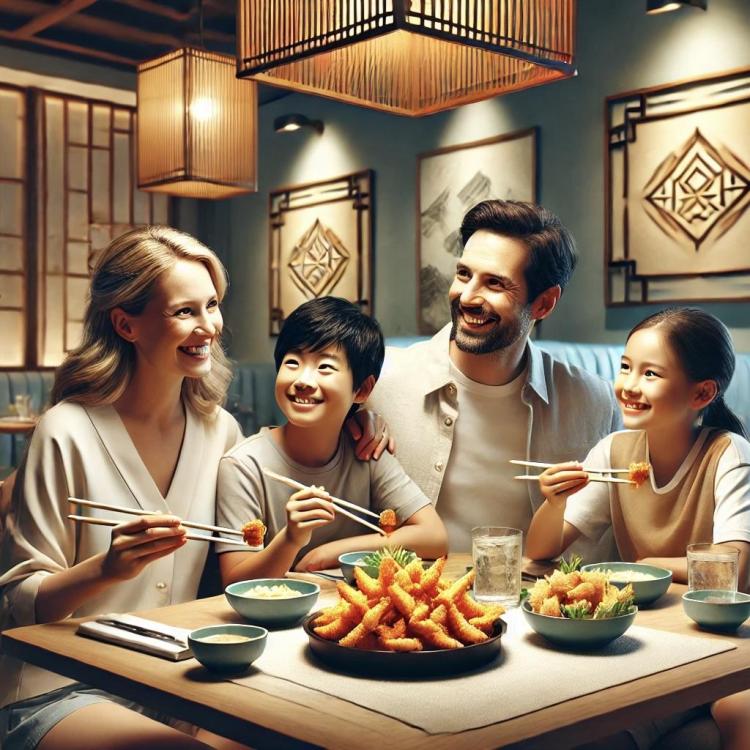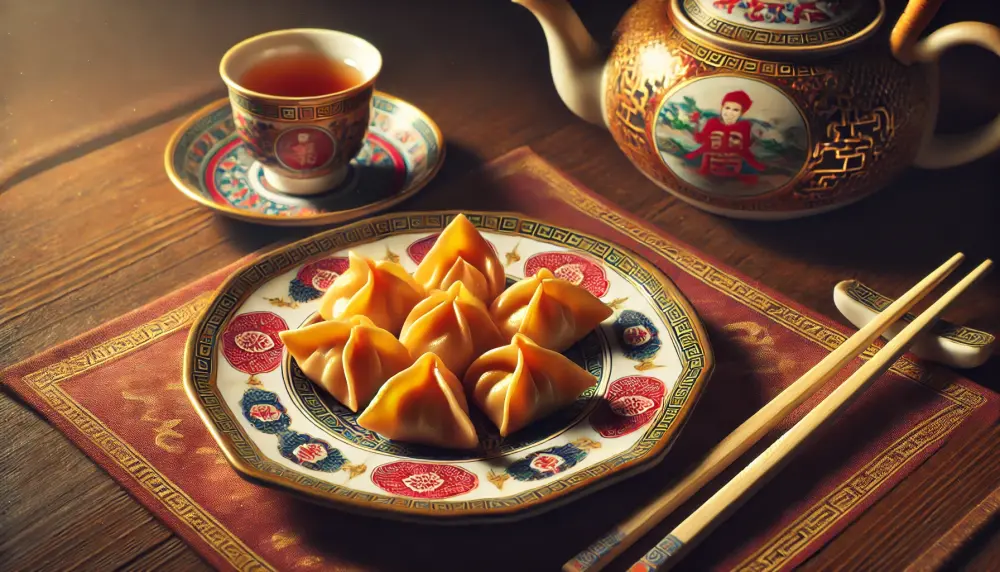The Origin of Crab Rangoon: Fact, Fiction, and Flavor
Crab Rangoon, with its golden, crispy wonton shell and creamy filling, is a beloved appetizer often found in American Chinese restaurants. Its name evokes images of exotic locales, particularly the Burmese city of Rangoon (now Yangon). But the truth behind this dish is far from its exotic-sounding name. Crab Rangoon’s story is rooted in mid-20th-century America, combining clever marketing, culinary creativity, and a touch of fiction.
A Dish Born in Tiki Culture
The tale of Crab Rangoon begins not in Asia but in the United States during the 1940s, a time when tiki culture swept across the nation. Victor Bergeron, founder of Trader Vic’s—a chain of Polynesian-themed restaurants—was the mastermind behind this dish. Bergeron was known for inventing dishes that matched the exotic flair of tiki culture, blending flavors and ideas from various cuisines.
Crab Rangoon was no exception. Bergeron combined wonton wrappers, a filling of cream cheese and crab meat, and a deep fryer to create this savory, crowd-pleasing dish. Its name, “Rangoon,” was likely chosen to give the appetizer an exotic edge, even though it had no ties to Myanmar or traditional Asian cuisine.
A Fusion of Cultures
Crab Rangoon is a fusion dish in the truest sense. It marries the concept of wontons from Chinese cooking with the richness of cream cheese, a dairy product largely absent in East Asian cuisine. This blend of flavors and textures catered perfectly to American palates, which favored creamy, savory dishes with a crispy exterior. The result was an appetizer that quickly gained popularity and became a staple in American Chinese restaurants.
Why the Name “Rangoon”?
The choice of name was part of a broader marketing trend in mid-20th-century America, where dishes with foreign or exotic-sounding names were seen as alluring and sophisticated. While the name “Rangoon” adds an air of mystery, the dish itself is purely an American invention. This naming convention reflects the creativity and cleverness of chefs like Victor Bergeron, who knew how to capture public interest with their creations.
Global Reach of an American Original
Though Crab Rangoon originated in the United States, it has since spread worldwide. It appears on menus in countries like Malaysia, where chefs have embraced and adapted it with local flavors. The global appeal of Crab Rangoon reflects the influence of American Chinese cuisine and the versatility of this crispy, creamy dish.
Why It Matters
Crab Rangoon’s story is a reminder of how food can evolve and adapt, taking on new identities as it travels. What began as an American creation inspired by tiki culture has become a beloved appetizer enjoyed by people around the world. Its journey shows how creativity and cultural blending can lead to something truly special.
A Reflection of Jehovah’s Generosity
As we enjoy the flavors and textures of Crab Rangoon, we are reminded of Jehovah’s abundant generosity. Ecclesiastes 2:24 says, “There is nothing better for a man than to eat and drink and find enjoyment in his hard work.” This dish, born of human creativity and culinary effort, reflects the joy that comes from exploring and combining the resources Jehovah has provided.
Sources
1. Mashed: Insights into the history of Crab Rangoon
2. Mental Floss: Exploration of Crab Rangoon’s American origins
3. Atlas Obscura: Cultural significance and invention
4. Smithsonian Magazine: Context on mid-20th-century tiki culture
Edited by dljbsp
- rocket, just1-4all, LeolaRootStew and 1 other
-
 2
2
-
 2
2


4 Comments
Recommended Comments
Join the conversation with your brothers and sisters!
You are posting as a guest. If you are already a member, sign in now to post with your existing account.
Note: Your post will require moderator approval before it will be visible.